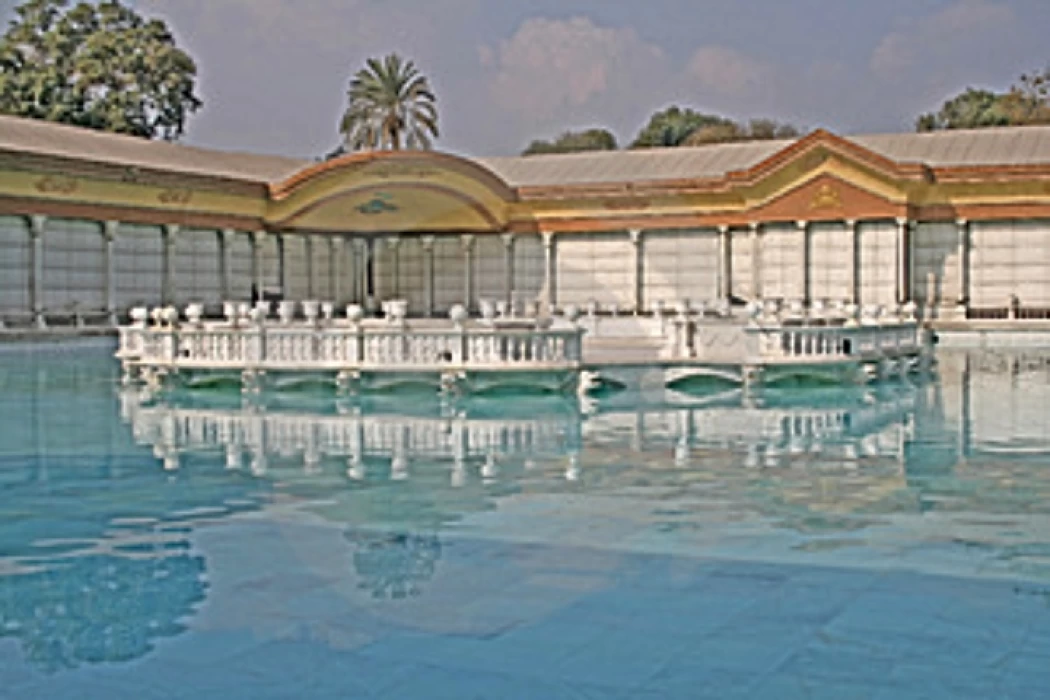
Muhamed Ali Palace in Shubra
Tombs of shatby history
Shubra is the name of one of the most densely populated neighborhoods in Cairo, yet this neighborhood did not exist for about 200 years, and was made up of agricultural lands, ponds and swamps.
The establishment of Shubra neighborhood dates back to 1808 when Muhammad Ali Pasha, the governor of Egypt, wanted to build his first palace far from Cairo, to calm himself down and get rid of the concerns of politics a little, and in anticipation of the unrest caused by the Mamluks inside Cairo, and in this remote place Muhammad Ali Pasha built his palace, and that was the beginning of "Shubra El-Kheima", the most famous neighborhood in Egypt that was born from the womb of the palace, and this does not prevent the fact that Shubra beach on the Nile was a park since the Mamluk era, and a number of Mamluks lived in it and built their palaces in it.
Two years or a little more before the famous massacre of the Citadel, during which he eliminated all the Mamluks in Egypt in one blow in 1811, Muhammad Ali Pasha wanted to establish and document his era with a ruling house that would be a turning point between a bygone era and a new era that he planned to be long. So he chose a site on the banks of the Nile in the Shubra area, with an area of 70 acres, extending from the banks of the Nile to Birkat al-Hajj, after he had seized several villages and fiefdoms to build his palace.
The palace architecture was based on a new style of architecture in the style of "garden palaces" that was popular in Turkey on the shores of the Bosphorus, Dardanelles and the Sea of Marmara. This design is based on a vast garden surrounded by a huge wall with a few gates. Several buildings are scattered throughout this garden, each with its own architectural characteristics.
These palaces have remained standing and are a witness to the era. The Fountain Palace is considered the most magnificent of them and a model of architecture. The Fountain Palace became famous by this name because of the large fountain in it and is considered the most beautiful palace in Egypt after the Tahara Palace.
In the building of the Shubra Palace, Muhammad Ali sought the assistance of French, Italian, Greek and Armenians artists to embellish his palace. The decoration was European in flavor but the design was in keeping with Muslim architecture. The design of the palace centered around the concept of a mosque, with 4 canopies extending from a large central dome and similar to the courtyard of a mosque.
Since 1820, Shubrah Palace became a seat of government. From within its walls, Muhammad Ali governed Egypt, Sudan, and the Levant. From here, orders were given for expeditions that embarked to the Upper Nile. It was also from here, that Ibrahim Pasha’s forces advanced towards Hijaz and the Levant.
This palace has seen the raft of changes that took place during the reign of Muhammad Ali Pasha and his sons in Egypt. After the Navarino Sea battle where the traditional European naval squadrons turned against the Egyptian fleet, Muhammad Ali remained in the Shubra Palace until his death.
There are many names of those who designed the palace, but it is certain that Monsieur Dorfty, the French consul in Egypt during the reign of Muhammad Ali, was the one who designed this palace. However, the French architect Pascal Coste narrated in his memoirs that Muhammad Ali Pasha asked him to design a palace in Shubra.
The documents mentioned the names of some of the engineers who supervised the construction of the palace, especially the Al-Fasqiya Palace, and it is likely that they made modifications to the original design that was not fully implemented. Among these were Amin Effendi, the architect, Omar Agha, the building supervisor at Shubra Palace, and Abdullah Agha, the engineer Bashi.















